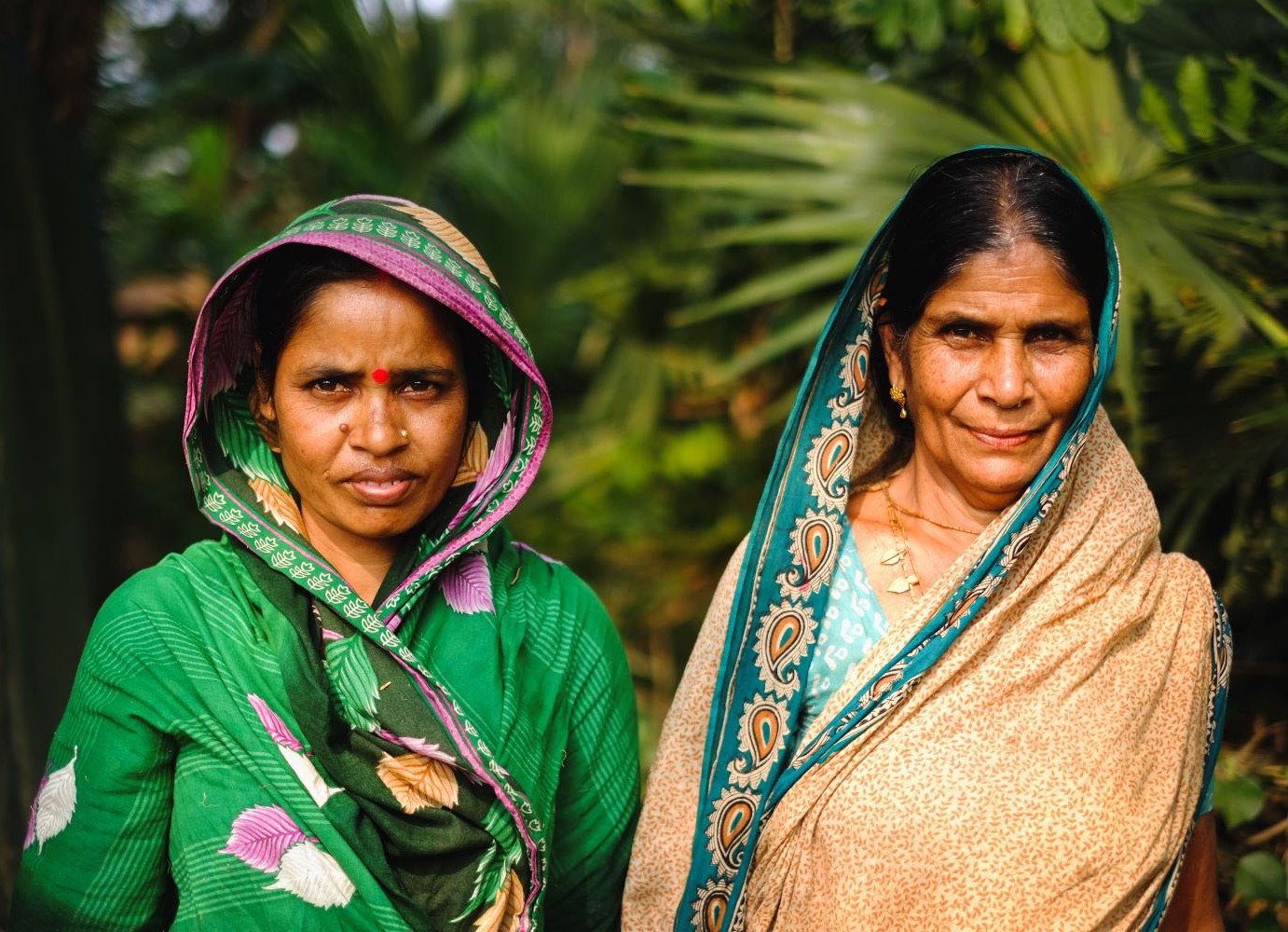Mariana Dahan is the Coordinator of the ID4D Working Group at the World Bank.
The proposed Sustainable Development Goals (SDG) target #16.9 puts the spotlight on the role of identification in development:
“By 2030 provide legal identity for all, including birth registration.”
In our earlier research, we’ve explored how achieving this goal can facilitate the realization of many other SDG targets. The recognition of legal identity – together with its associated rights – is becoming a priority for governments around the world. But how should progress towards this goal be measured?
The SDG process is led by United Nations (UN) member states with broad participation from other stakeholders. Currently, an inter-agency group is establishing the list of quantitative indicators for monitoring progress towards the SDG goals. The final list of core indicators, developed using specific criteria, is not intended to be prescriptive, but rather to take into account the country setting and the views of stakeholders in preparing country-level reports.
Several criteria are guiding this effort to determine which core indicators should be retained: they should be relevant, methodologically sound, measurable and easy to understand and communicate. Both the World Bank and the Center for Global Development have been contributing to the discussions on the core indicators to measure progress on SDG goals.
Our teams have discussed a number of key indicators. For birth registration, one proposed core indicator is the percentage of children under five years old whose births have been registered with civil authority, disaggregated by gender. Advances in information and communications technology (ICT) are making it possible for countries to register a birth within days, if not hours. As a result, UNICEF is in the process of preparing new global estimates for children under one year old, whose births are registered with an authority.
Legal identity is a somewhat more complex issue. All states provide various identity credentials, whether national identity cards or identification for particular purposes, such as social protection. These will often include unique identity numbers and features, such as photos or more sophisticated biometric data, to aid authentication and limit fraud. Birth registration alone is not enough; there needs to be a process to monitor and register other life events, as well as to credential individuals to participate fully in their societies and economies throughout life.
Without some link from birth registration to such credentials, there is no assurance that simply registering a birth will result in benefits later down the line. Health treatments need to be tracked, including vaccinations. Banks need to satisfy Know Your Customer (KYC) regulations. In addition, many government programs are delivered at the level of the family or the household, which can include more than one family. Not only may an individual credential be needed to access these programs, but accurate information is critical in determining to which household a person belongs.
Even though the structure and form of legal identity can differ from one country to another, an SDG indicator should embody the principle that nobody should be denied access to social or economic participation, as well as to public services, for lack of identification credentials. This requires, among other things, that legal identity be freely available to both poor and rich, and throughout the life cycle of the individual.
Some countries, such as Pakistan and Peru, have made great efforts to register excluded communities and individuals, and to ensure that they have the credentials required for full social and economic participation, as well as to link these to strengthened processes for birth registration. But many other countries have a long way to go, with large numbers of their people not yet included into national systems to provide identity credentials.
Having SDG target #16.9 framed as it currently stands – “legal identity for all” – would urge states to ensure that all have access to widely accepted, robust identity credentials. The indicator to measure a country’s progress towards this overarching goal could then be:
The percentage of people, by gender, who possess a credential for legal identity that enables them to participate fully in social and economic life.
This provides a measurable indicator with some flexibility to allow for country context. Including it into the SDGs will provide an incentive for countries to review their identification systems and ensure that these are inclusive and report on progress.
Legal identity should be a force for exerting rights rather than an instrument for exclusion. The proposed SDG indicator could contribute to this end.
A version of this blog also appears on the World Bank website.
Disclaimer
CGD blog posts reflect the views of the authors, drawing on prior research and experience in their areas of expertise. CGD is a nonpartisan, independent organization and does not take institutional positions.





